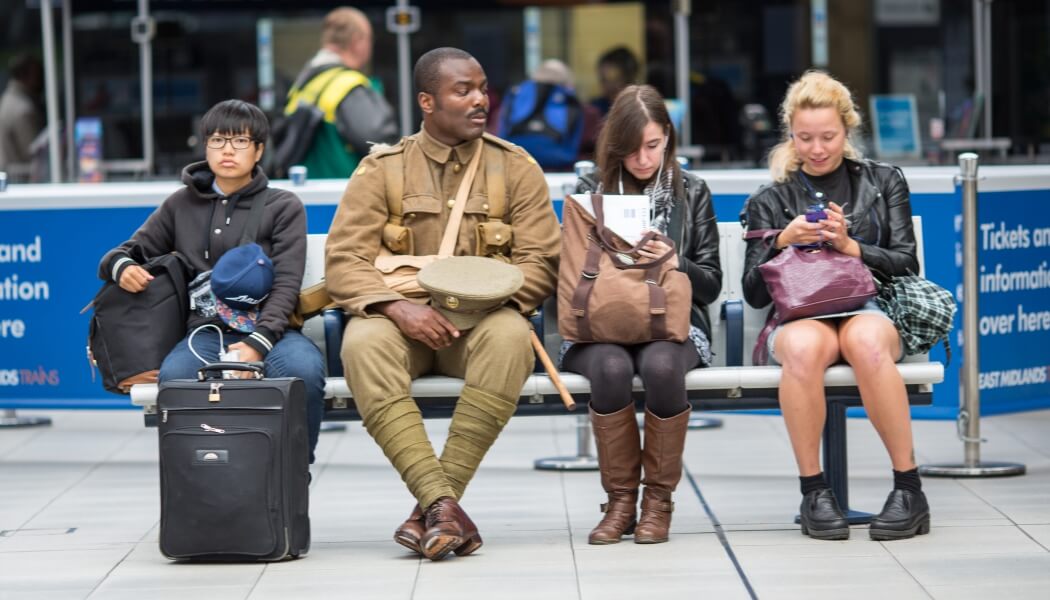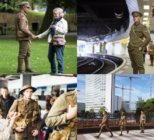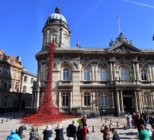At the time of writing, 14-18 NOW is fast approaching the end of our five-year arts programme marking the First World War centenary. Established in 2013 and launched the following year, we have commissioned and presented dozens of works by more than 400 leading contemporary artists across all art forms. Each work has been designed to forge new connections with the conflict and open new perspectives on what that war means to us today.
We are not winding down just yet – the next few weeks see the BBC broadcast Peter Jackson’s acclaimed film They Shall Not Grow Old [BBC 2 – 9.30pm Sunday 11 November], which premiered at the BFI London Film Festival in October 2018 to five star reviews, and Danny Boyle’s Pages of the Sea, a nationwide mass-participation event on Sunday 11 November that forms the centrepiece of our Armistice commemorations. Even so, it feels like a good time to look back – not, for a change, at the First World War, but at what 14-18 NOW and our many artists and partners have achieved during the past five years.
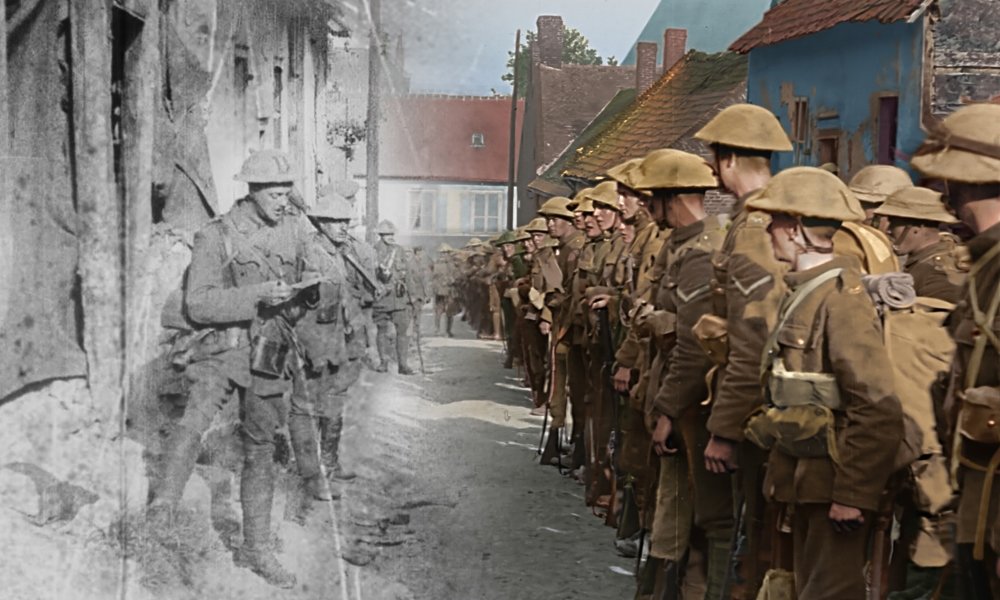
14-18 NOW was the brainchild of the Department for Digital, Culture, Media and Sport (DCMS). Following the success of the Cultural Olympiad and the London 2012 Festival, the DCMS believed that a cultural programme would add something unique to the First World War centenary commemorations. Having decided on the need for a cultural programme in 2013, the DCMS took an arms-length approach and invited the creation of an independent organisation to oversee it.
Diane Lees, Director-General of Imperial War Museums (IWM), then proposed that we should be hosted as an independent body within IWM, a tremendous idea that was also a great stroke of fortune for us. We were able to set up our organisation very quickly with a complete financial reporting and auditing system in place, which was hugely important given our schedule: we started work in September 2013 and our first season was scheduled to start just 10 months later in June 2014. This kind of set-up, with a large institution such as a national museum hosting a smaller temporary organisation, is really worth considering as a model for the future. It’s been fantastically beneficial both to us and, I hope, to IWM.
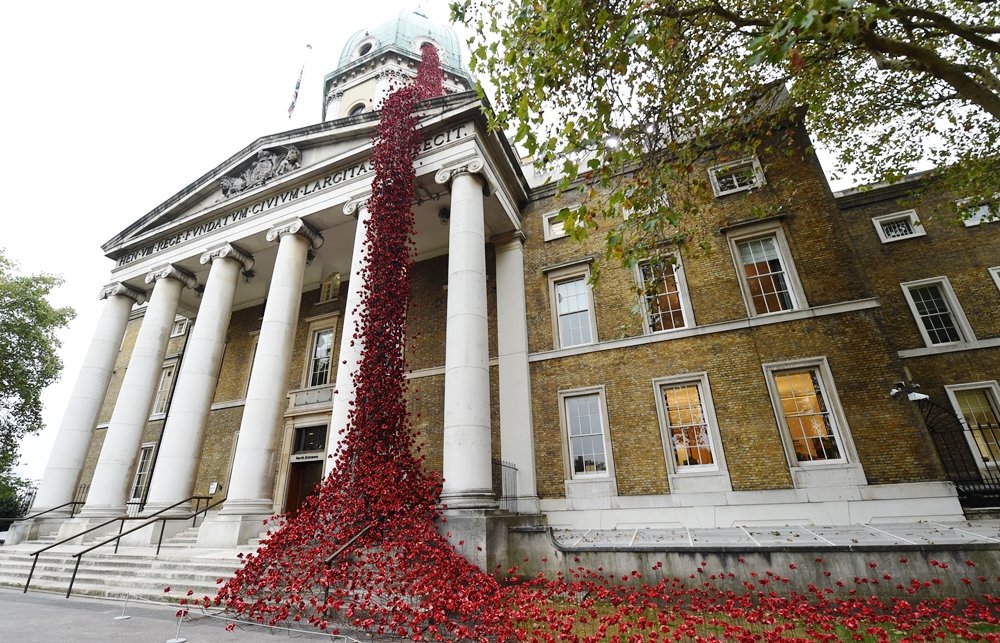
The programme that ultimately became 14-18 NOW was conceived to compliment the more formal, ceremonial, religious and royal occasions that would be staged throughout the First World War centenary. It was designed to reach a different audience – particularly younger people, and those who may not relate to such formal events. It was also designed in the knowledge that there was already an umbrella programme, the IWM’s First World War Centenary Partnership, that all non-profit centenary activities could join. We decided that 14-18 NOW would be innovative, ambitious and bold. We would commission today’s artists to look back at the war , encouraging artists to make new connections with contemporary audiences by considering how the war resonates with us today. Inspired by the huge impact artists of the First World War have had on people’s perceptions of that war, we wanted to commission new artists for a new generation.
We quickly realised that the best way to achieve this ambition would be to work in partnership with the brilliant arts and heritage organisations around the UK, benefiting from their expertise while avoiding any sense that we were in competition with them. The nature of our programme has meant that most of our partners have been from the arts and producing worlds, from small theatre companies in rural areas to national companies in capital cities. However, the museums and heritage sectors have been invaluable partners on many projects from Dazzle Ships in Liverpool, where Liverpool Biennial, Tate Liverpool and the Merseyside Maritime Museum worked in partnership, to the Poppies tour. Many more have provided invaluable research and advice to artists, not least IWM, whose archivists and historians have been an invaluable resource for our commissioned artists.
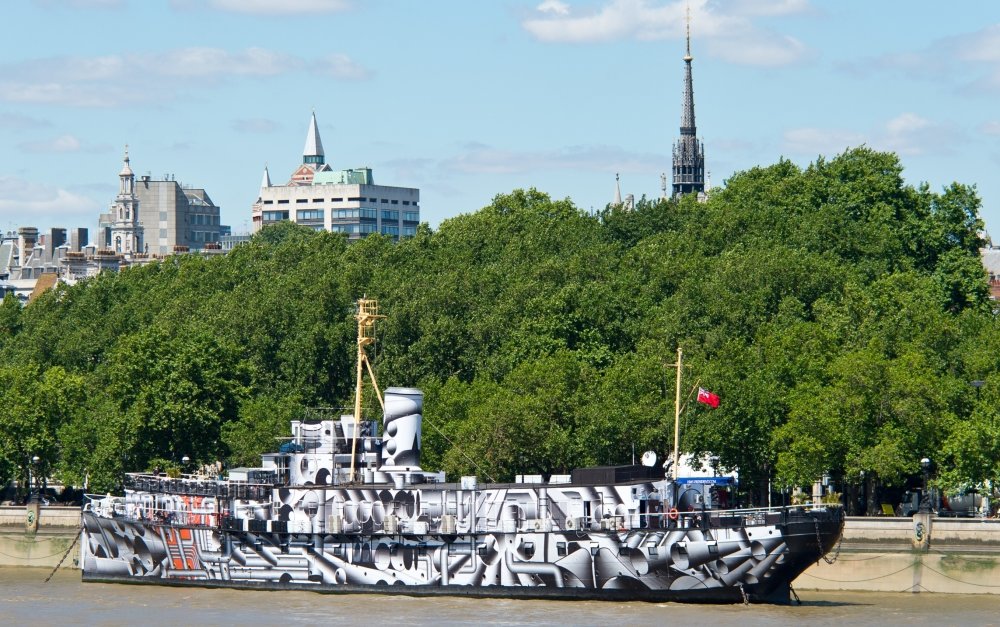
Since the start, we have been open to ideas from all sources. We approached artists and arts organisations – but we also encouraged them to approach us. And our brief to most artists has been as minimal as possible: we’ve simply asked if they would be interested in doing something about the First World War. By creating conditions for artists to create their best work – providing research and expertise but giving the artists the freedom to do what they do best – we hope that the artworks have been original, inspiring and moving, making people think afresh about the First World War.
One of our main challenges has been the need to work at speed – especially at the start, when we were seeking collaborations with arts organisations at a time when we had no confirmed funding. Those challenges with timing have extended to the lead times required by different art forms. Writers, film-makers, choreographers, visual artists, composers, the wider museums sector – every area works to a different timeframe and requires its own language. We needed to ensure our team understood all these areas, from publishing and film distribution to theatre touring and the visual arts, but we wanted to keep our costs low so that more money could go into the programme. Our initial team of five grew to 12 mostly because we brought in a fundraising team.
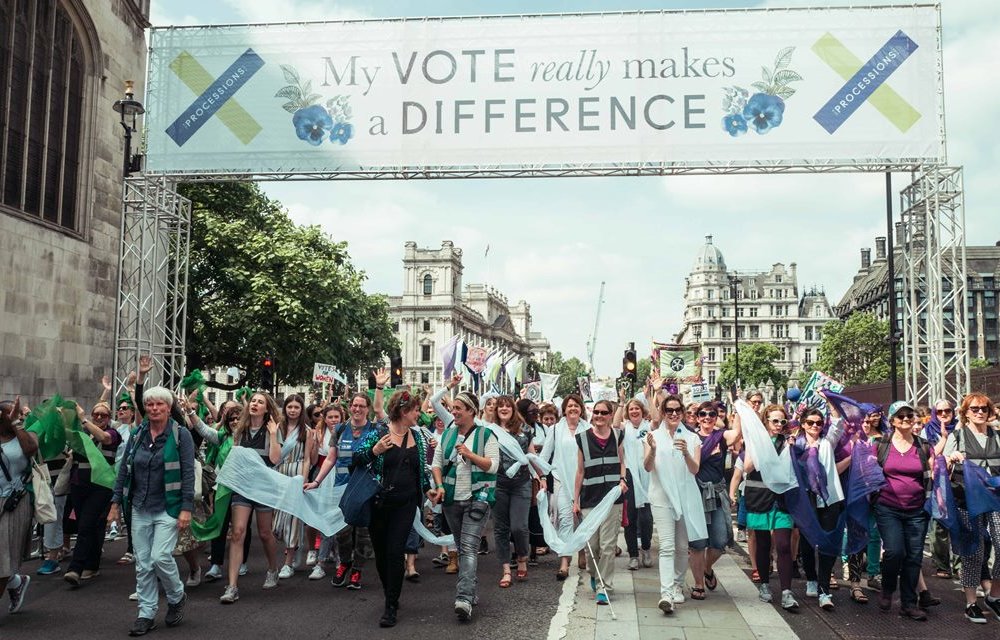
At the beginning, in autumn 2013, we got some excellent advice from our board. Our first programme was due to be presented around ten months later, and we had a philanthropic, corporate, trusts and foundations fundraising target of £750,000 in addition to our public funding. One board member suggested that we should drop that fundraising target, frontload our public subsidy and use our first season to showcase what we could do, helping us to fundraise for the future. It was a risk, as we spent more of our public subsidy in our first year than we had originally planned. But it was incredibly useful advice that ultimately helped us to achieve above our fundraising target in future years.
Shortly before our first season, we realised we might be asked how many people we were expecting to reach. It was an almost impossible calculation: we were about to present a four-and-a-half-year programme covering the whole country, everything from major public projects and broadcast events to more intimate works. We took a deep breath and said that we were aiming to reach 10 million people. It sounded like a big figure at the time, but we quickly realised it was too modest.
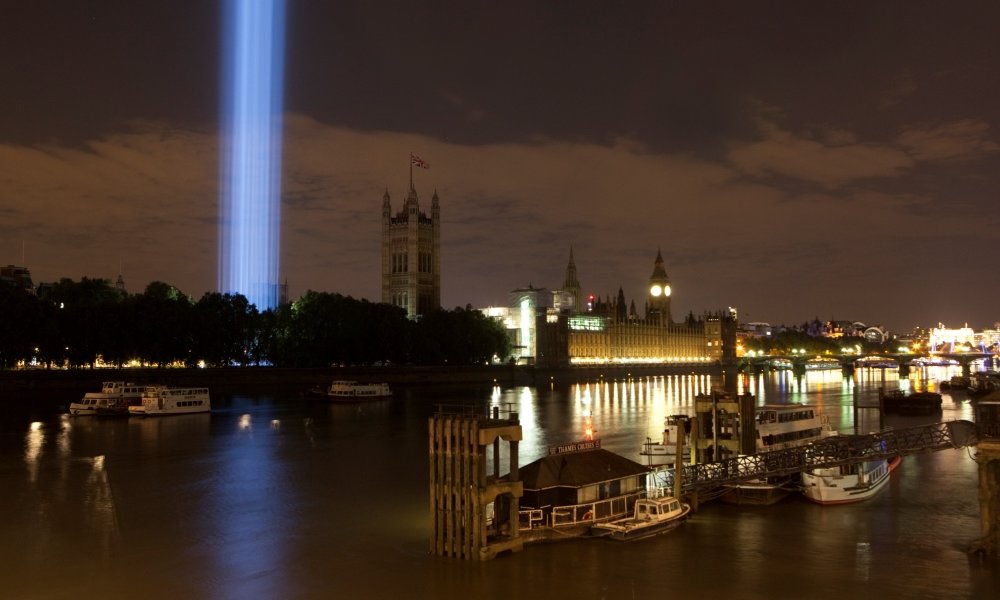
In August 2014, our first year, we presented a nationwide work called LIGHTS OUT, for which we invited people to turn off their lights in the hour before the centenary of the declaration of war. Five artists created light works, one in each nation and one digital. After the event, polling revealed that 16.7 million people had switched off their lights, 1.5 million of them aged 16-24 – and it was then we realised that people were really responding to our programme. At the time of writing, our works have reached 35 million people across the UK – evidence of a real public interest in the First World War and a tribute to the power of the arts to bring our heritage alive for a new generation.
A lot of our work has been free, outdoors and in public places – such as Jeremy Deller’s We’re here because we’re here, for which around 1,400 volunteers in First World War soldiers’ uniforms appeared unannounced across the UK to mark the 100th anniversary of the Battle of the Somme. Jeremy’s idea was that a contemporary memorial needn’t be something people have to visit: it can be something that takes place wherever you are. Live, around two million people saw a soldier in person, but the work reached 63 per cent of the population thanks to social media and broadcast, showing the brilliant way in which today’s artists use contemporary communications technology to bring their work to the public.
The highlights of the past five years are too numerous to list here. We’re hugely proud of all our projects, but some have really become part of people’s understandings about the centenary: We’re here because we’re here, for example, Peter Jackson’s They Shall Not Grow Old and artist Paul Cummins and designer Tom Piper’s iconic ceramic poppies touring around the UK. Other works have brought lost or forgotten stories to the fore: William Kentridge’s The Head and the Load, John Akomfrah’s African Soldier and Akram Khan’s XENOS have all helped people develop a greater understanding of the First World War and its impact in India and Africa, while works such as Katrina Palmer’s The Coffin Jump at Yorkshire Sculpture Park and Gillian Wearing’s Millicent Fawcett statue in Parliament Square have highlighted how women’s roles changed during the period.

There are several distinct aspects to 14-18 NOW’s legacy, not least the continued existence and future presentation of the works themselves. Many will continue to be presented, either through the partner organisations that worked with us to create them or through their acquisition into museum collections around the country. One example is Susan Philipsz’s War Damaged Musical Instruments, a sound installation we presented at Tate Britain in 2015, which is now part of the Tate’s permanent collection.
I hope our works will continue to have an emotional impact on the people who have seen them, making them think again about the First World War and their connection to it. Our model of working, as a small and newly-created independent commissioning unit collaborating with existing arts and heritage organisations, and the partnerships we have established are themselves a legacy of the past five years, as are the large number of partnerships between arts and heritage organisations forged to produce the artworks.
The final aspect of our legacy will, I hope, relate to the place and the importance of the arts in the nation’s thinking. The 14-18 NOW programme of commissions exists because the DCMS believed that an arts programme would add value to the First World War centenary commemorations. I hope we have proved them right and I also hope that one of the legacies of 14-18 NOW is that when the next national moment arrives, whether commemorative or celebratory, people will look around say, “Where’s the arts programme for it? Where are the artists?”

